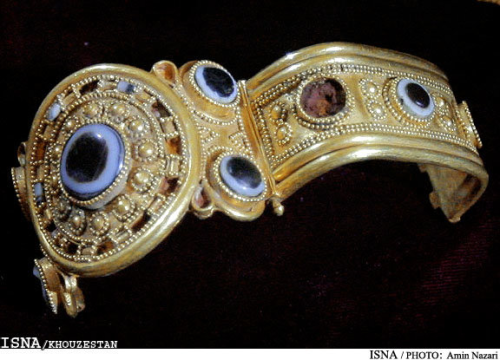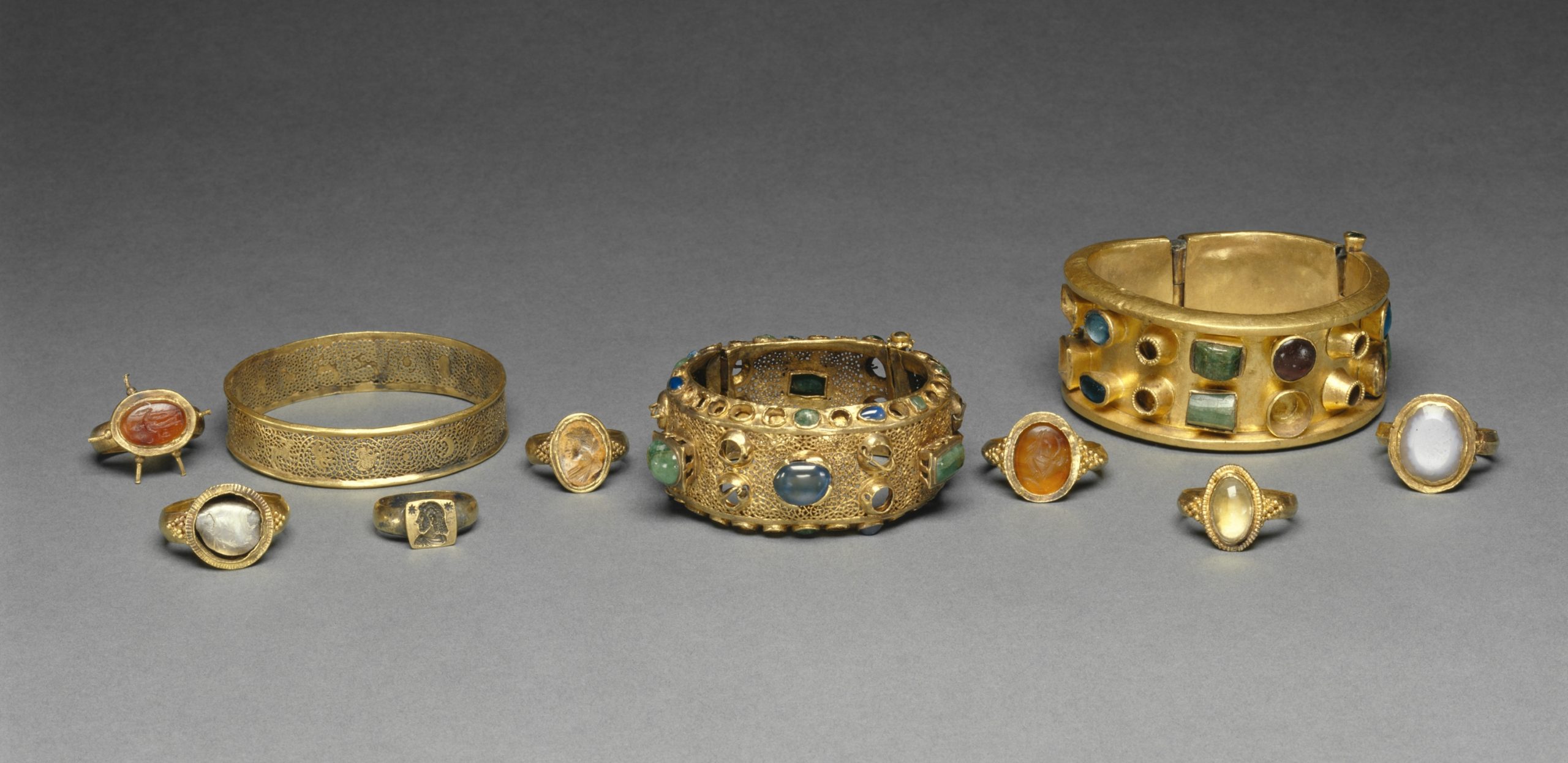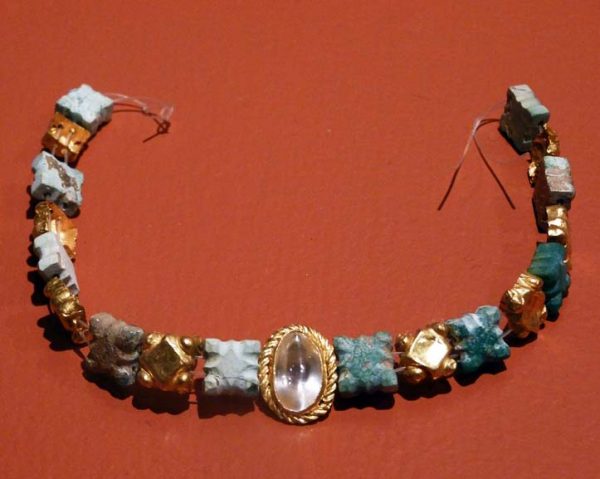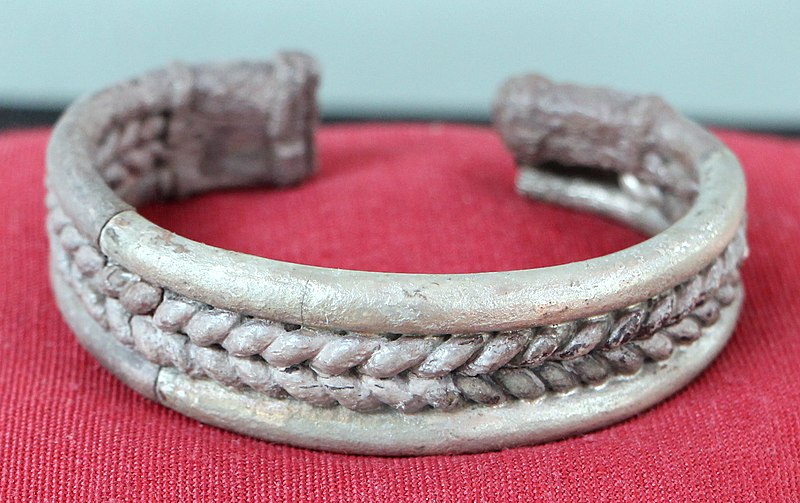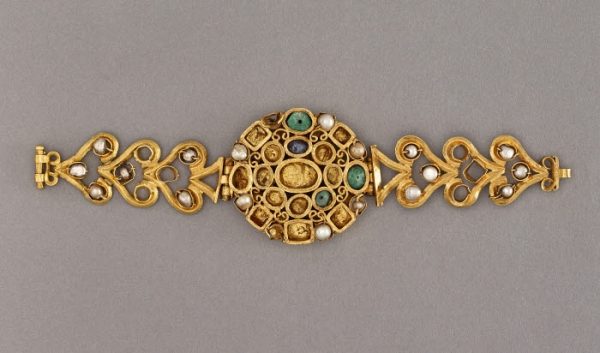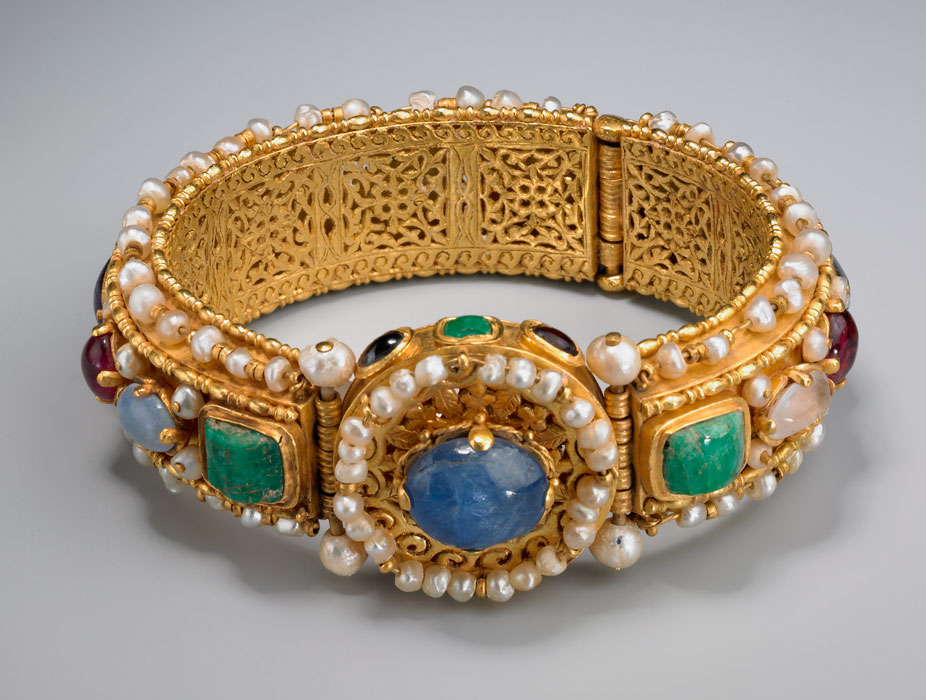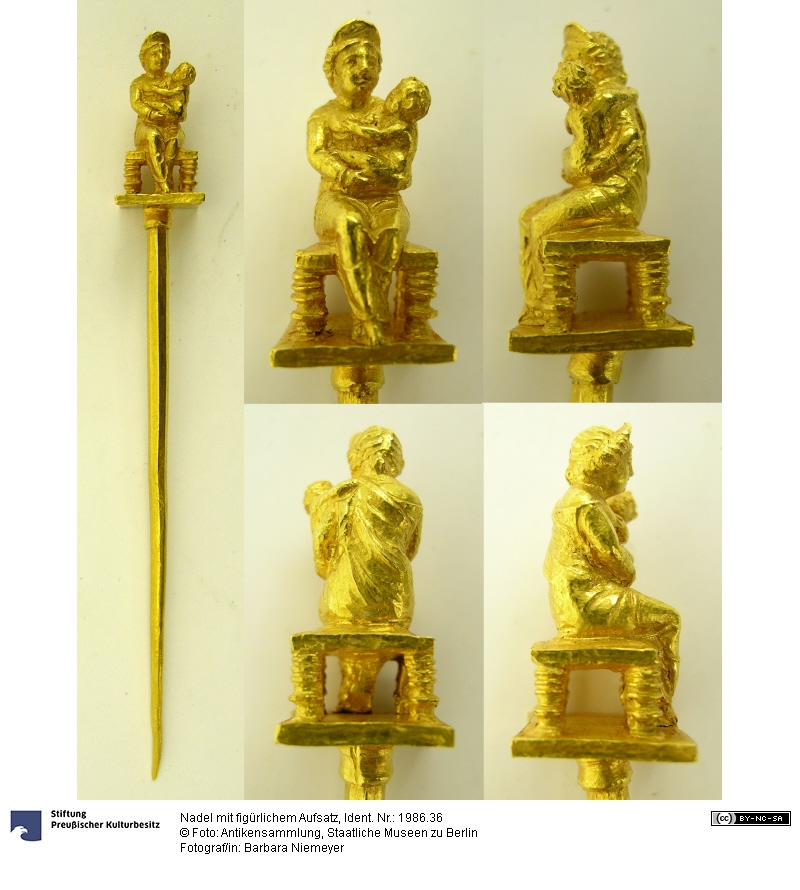
“According to the public relations of the National Museum of Iran, in 2007 during excavation and construction operations near the village of Jobji in the city of Ramhormoz in Khuzestan province, a royal tomb belonging to the New Elamite period (6th century BC) was discovered. Unfortunately, the tomb was largely destroyed before archaeologists could carry out rescue excavations. The structure consists of a stone underground burial chamber in the east-west direction with dimensions of 4.5 meters in length and 2.2 meters in width, which is accessible through stairs in the west and there was probably a dome on this space. The discovery of Jobji’s tomb and the mention of Shutruk Nahonte show the importance of the Ramhormoz region in the history of Elam. Two bath-shaped bronze coffins were discovered in the tomb, in which two princesses, about 17 and 35 years old, members of a royal family, were buried with a large number of objects. Among the various collections of gold and bronze artifacts discovered from this tomb, the golden bracelet with an inscription from the New Elam period, the first half of the sixth century BC, decorated with agate with dimensions of 6.6 x 9.9 cm attracts attention. This bracelet consists of three pieces that are connected to each other. This bracelet is a combination of gold and agate” [source >> the National Museum of Iran]
“Both were found lying on their sides in two bronze sarcophagi, roughly the shape of a bathtub. Given the large number of luxurious grave goods that the deceased had received on their journey to the afterlife, they must have belonged to the elite of the time. For that reason they are also called princesses. The contents of the tomb indicate a date in the 7th or 6th century BC. The grave goods mainly consisted of precious jewelery with precious stones and luxurious crockery. The majority of the objects are made of gold, such as the aforementioned bracelets. In addition, the tomb in Jubaji contained objects made of silver, bronze, iron, stone and ivory.
Both princesses probably belong to the family of the local neo-Elamite king Shutur-Nahhunte, son of Indada. These names are engraved in Elamite cuneiform on a gold bracelet. The tomb contained more jewelry with inscriptions of names or references. A good example of this is a bracelet inlaid with onyx.
The woman in the eastern sarcophagus wore two of these bracelets. The woman’s name A-ni-nu-ma/ku is engraved in the middle onyx of this bracelet. It is quite possible that A-ni-nu-ma is the name of the princess who wore this bracelet. An inscription was also found in the other bracelet, which probably dates back to the 14th century BC. So it seems very likely that the jewelry was, at least in part, much older heirlooms.” [V.T. van Vilsteren]

gold bracelet – 7 cm wide, adorned with onyx inlay and weighs 251 grams [source Marq Alicante]

- V.T. van Vilsteren and J. Nokandeh (eds), Iran: Bakermat van de Beschaving [Iran – cradle of civilization]. Catalogue of exhibition at Drents Museum, Assen 2018 https://www.academia.edu

